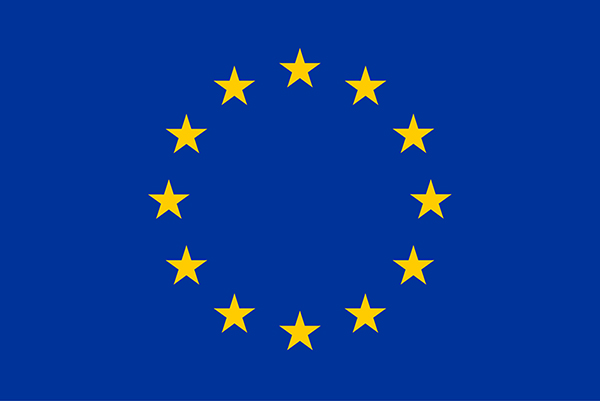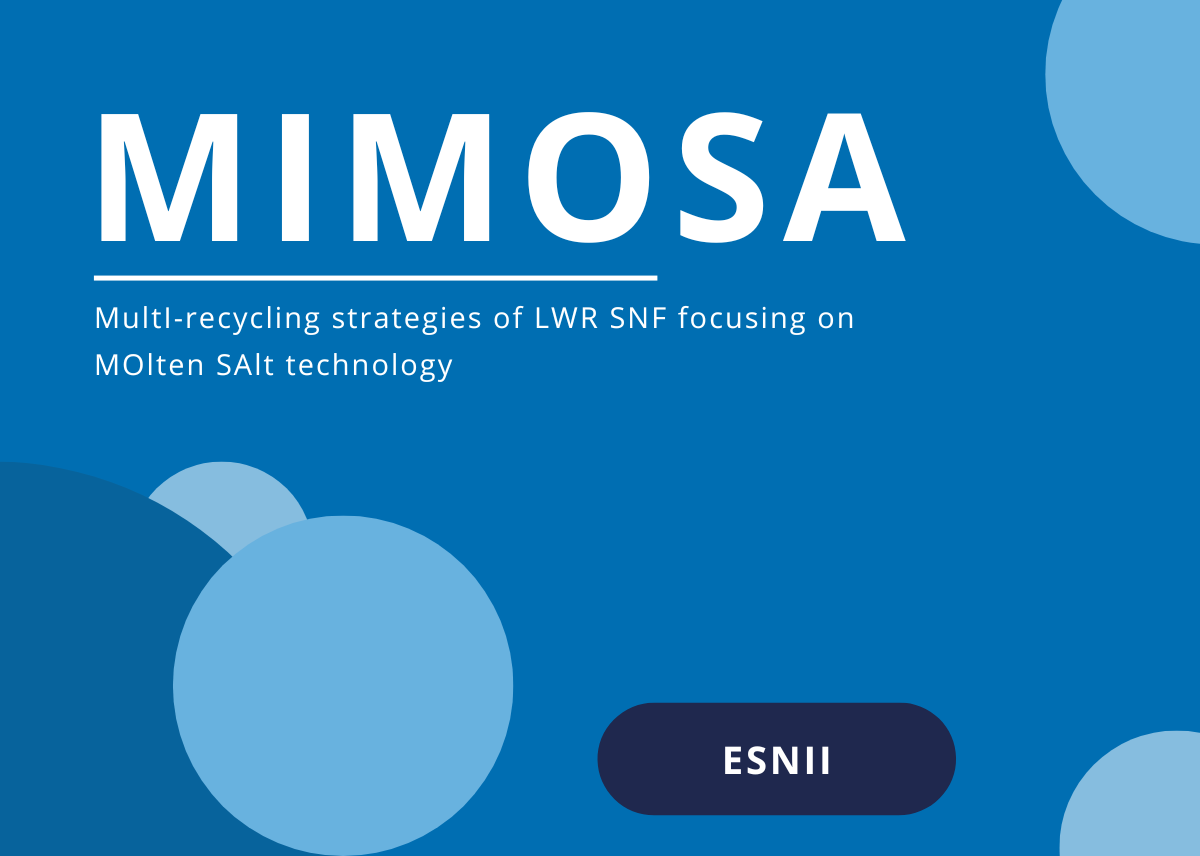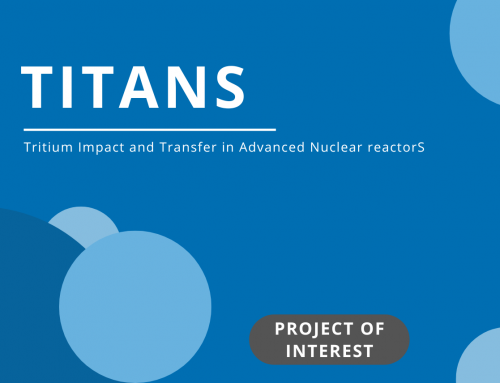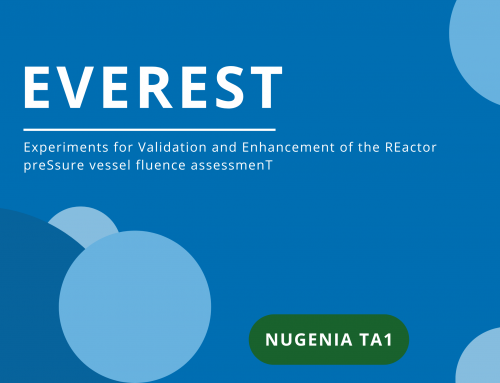
OBJECTIVES
Multi-recycling in LWRs is a tangible solution moving towards the closure of the fuel cycle, but it presents some limitations related to the degradation of the Pu isotopic composition and the generation of minor actinides (MA), leading to an increase of vitrified high-level waste when compared to multi-recycling with Fast Reactors (FRs).
Significant improvement in converting all the Pu isotopes and MA into Fission Products (FPs) with shorter half-lives can be achieved with the introduction of advanced FR systems, among which the molten salt reactor (MSR) using Chloride salt is a particularly promising option. There is no experience to this date with Chloride MSRs (Cl MSRs) in operation, but they have been studied and tested on experimental set-ups, showing a great improvement in the conversion rate of actinides.
For these reasons, MIMOSA aims to develop an accessible, cost/risk optimised multi-recycling strategy of LWR spent fuels in the EU, based primarily on multi-recycling of Pu (and Reprocessed U) in LWRs combined with the Cl MSR, using already available infrastructure in the EU such as the French reprocessing plant in La Hague.
The successful achievement of the MIMOSA objectives will contribute to the development of materials and technologies that can be useful not only for MSRs but also other high temperature, high corrosion applications such as the chemical industry, energy storage, and pave the way for Cl MSR deployment in Europe, which could be a game changer in nuclear energy.

MIMOSA overall concept

DESCRIPTION OF WORK
MIMOSA focuses on the demonstration of several key aspects of technical feasibility and performance of Cl MSRs that will contribute to accelerating the deployment of this advanced technology, on Pu and MA conversion respectively, and on production of valuable isotopes for other applications:
- Assessment of chloride salt properties to support studies of reactor performance and safety
- Simulations of chloride salt composition evolution in the reactor
- Demonstration of several key aspects of technical feasibility of chloride MSRs
- Study of chloride salt recycling and back-end options, particularly in synergy with La Hague plant, and through pyroprocessing
- Evaluation of the capacity of MSRs to produce valuable isotopes for other applications, and the way to extract, separate and purify them
Globally, the MIMOSA project shall raise the TRL of several Cl MSR related technologies, processes and materials from 1 or 2 (initial status) to 3 or 4, depending on topics.
These results are finally considered in scenario studies that analyse the role chloride MSRs may play in the EU’s future nuclear energy systems to further the sustainable management of SNF from LWRs.
Download the project poster of the SNETP Forum 2024.

MAIN RESULTS/ HIGHLIGHTS (<2024)
- SNF inventories, energy needs projections, nuclear fleet assumptions and potential evolutions have been assessed for all EU countries. In parallel, a Reduced-Order-Model of MSR has been developed and integrated in the scenario analysis. A first simulation round of scenarios, including MSRs, has been performed.
- Several salt mixtures in NaCl-MgCl₂-PuCl₃ and NaCl-ThCl₄-PuCl₃ have been selected based on thermochemical properties and neutronics, and synthesis of selected salts has been performed to be used for characterization and further experimental work. At the same time, most of the salt properties measurement equipment has been set up and tested, and measurements have started.
- Three MSR configurations have been selected. Neutronic depletion simulations in these reactor configurations have started, including first dose rate calculations and evolution of salt mixtures composition, in particular fission products. The results will be used to assess used salt treatment processes and valuable isotopes management processes.
- In parallel, a salt irradiation experiment has been performed in the LR-0 reactor in the Czech Republic. Results have been analyzed.
- The test matrix for structural materials static and dynamic corrosion tests has been completed, as well as the literature review on corrosion mitigation methods. Ceramic samples have been selected and supplied. Several metallic materials have been tested, and the most promising ones have been selected. The testing methods, the corrosion products measurement methods and the corrosion test set ups and loops are under development. In parallel, a corrosion / irradiation test bench has been constructed.
- The technical study of used salt treatment in synergy with La Hague plant has been initiated: eight scenarios have been defined depending on reactor configuration and salt composition, for which the used fuel compositions are being calculated. These are used as input parameters for this study.
- The identification of the pyrochemical salt treatment alternative has also started, with literature review and preliminary thermodynamic calculations leading to the definition of an experimental plan which is ongoing.
- The vitrification experiments using borosilicate glass to stabilise the chlorides salt waste have been successfully performed.
- Valuable isotopes produced in MSRs have been assessed and quantified. The applications for these isotopes and the associated market is being described.
- A thermodynamic database on the platinoids chloride phases is under development, and some experiments have been performed to validate the metallic state of the platinoids and noble metals.
- A device to extract by flotation the solid fission products from the molten salt is under construction after some preliminary tests.

PARTNERS
Orano (lead) / Centrum Vyzkumu Rez (CVR) / TU Delft / Thorizon / DFFR / CNRS / Institut Mines Télécom (IMT) / Institut Polytechnique de Grenoble (G-INP) / Nuclear-21 / ARTTIC / NRG / EDF / Schunk (associated partner) / and the JRC

DURATION
June 2022 – June 2026

CONTACT
Project coordinator:
Isabelle Morlaes (Orano) Email: isabelle.morlaes@orano.group
Technical Project Leader:
Bertrand Morel (Orano) Email: bertrand.morel@orano.group

This project has received funding from the Euratom Horizon Europe programme for Research and Innovation (2021-2027) NRT01-03 under grant agreement No N°101061142.




